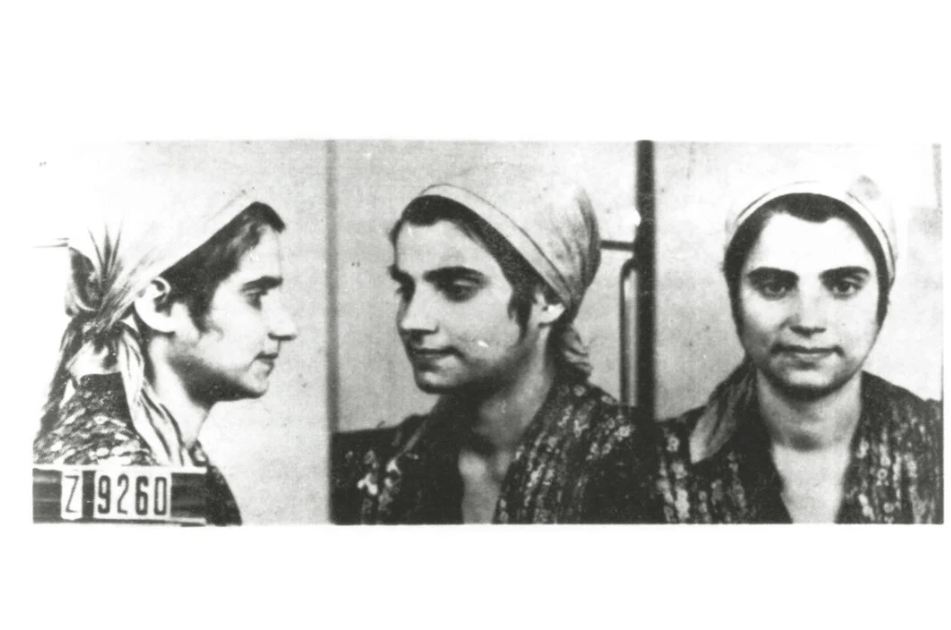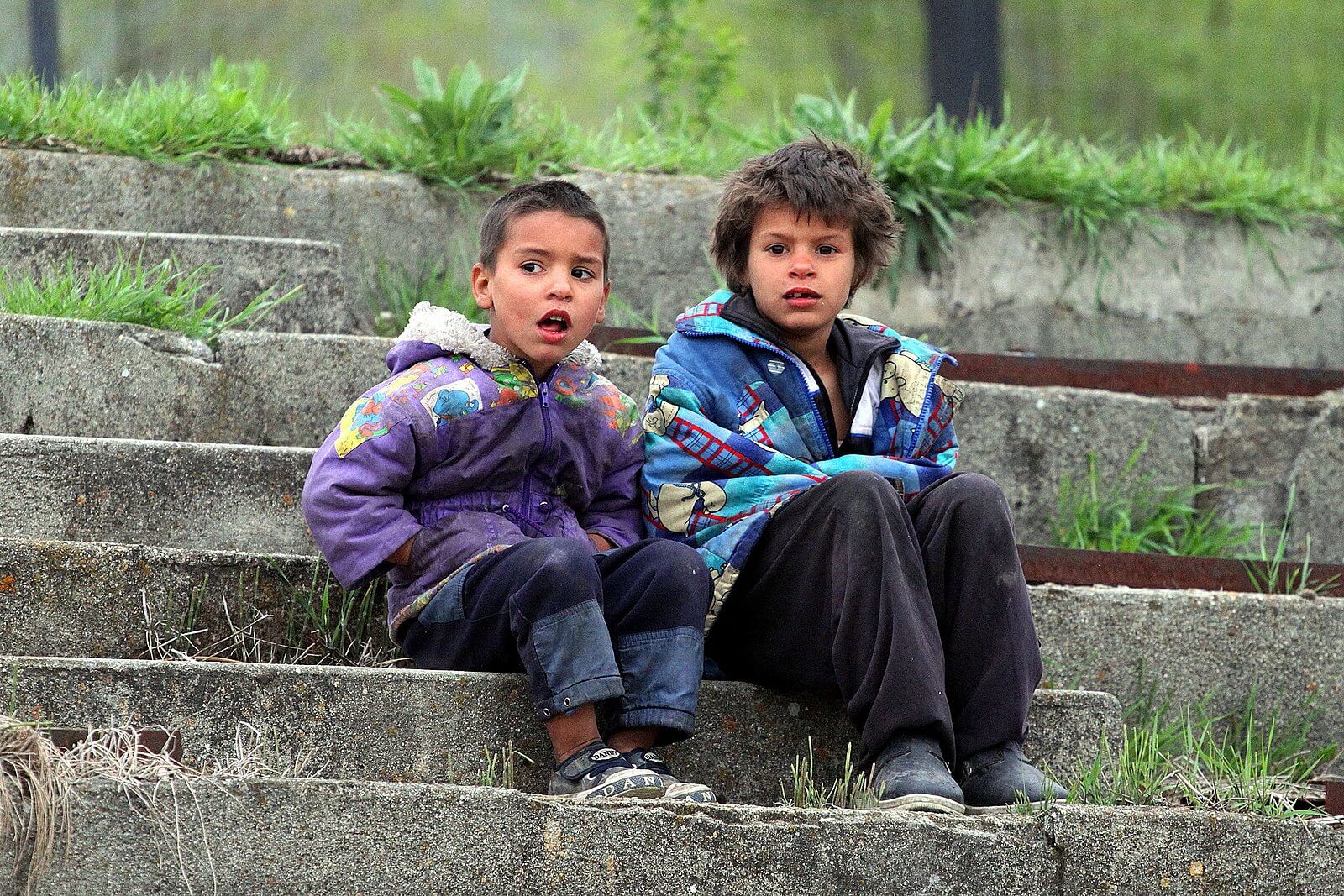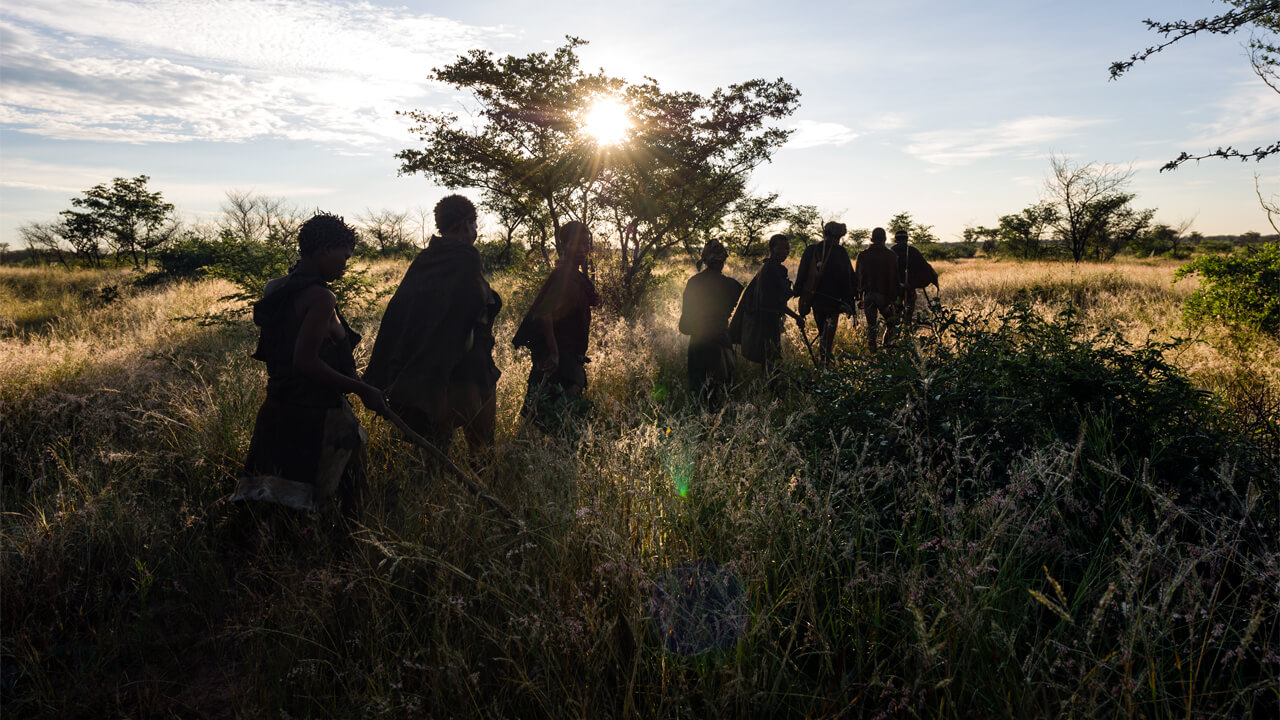A tragic history
The Roma, once called gypsies, likely originated in the Punjab region of northwest India about 1,500 years ago. They traveled to Persia (Iran), then through Armenia to the Balkan peninsula, and reached the Iberian peninsula by the 15th century. Their genomes diversified as people joined along the way. After their arrival in Portugal and Spain, persecution began. It was the beginning of extreme discrimination and isolation that would unfold over the years.
The Roma and the Jews became the targets of the Nazi goal of “racial hygiene.” In 1936, investigators at The Race Hygiene and Population Biology Research Centre drew pedigrees of these groups to form the rationale of a “scientific basis” for the “final solution.” German geneticists studied the Roma. Ferdinand Sauerbruch, nominated for a Nobel, submitted a grant proposal to conduct “genetic and medical research” in Auschwitz, which the Deutsche Forschungsgemeinschaft funded. Hundreds of thousands of Roma died in experiments.

The ending of enslavement of the Roma across eastern Europe beginning in the mid nineteenth century and economic and political changes in eastern Europe in the twentieth century also left their marks on gene frequencies.
Discrimination continued. In the 1970s, the Slovakian government began sending Roma children to schools for those with “mild mental disabilities” due to “genetically determined disorders” from “inbreeding,” according to government documents. Not until 2020 did investigation begin. Said one geneticist,
The slip from genetics to eugenics can happen quite easily.
Today in some nations in eastern Europe the Roma still live in ghettos, with low incomes and little access to quality health care and education. Some do not even have electricity or fresh water to drink.
The twisted history of the Roma has left marks on their genomes. In the parlance of DNA science, the Roma experienced a series of Founder effects as they migrated west, while their numbers winnowed through population bottlenecks fueled by discrimination. Even with others joining, reproduction stayed mostly among the descendants of those from India.
Over time, due to continual social isolation, the Roma genome came to include sections that were identical in DNA sequence on both chromosomes of a pair. This is a telltale sign, called “runs of homozygosity,” that shout endogamy – relatives having children together, often without knowing it. Roma genomes today are about 80 percent European and 20 percent Indian.
Private mutations
The complex undulations of Roma movements across Europe and ostracism led to variations of single-gene conditions that are more prevalent, or even unique, among them. Nine disorders are caused by “novel private” Roma mutations, including forms of glaucoma, polycystic kidney disease, limb-girdle muscular dystrophy, and a few neuropathies.
The frequency of one disease in particular across Europe, galactokinase deficiency, recapitulates the journey of the Roma. I have a figure of it in my human genetics textbook to illustrate the effects of migration on a gene pool.
Galactokinase deficiency is very rare and causes serious symptoms among people in most of Europe, but a mild form in the Roma causes only cataracts in infants. It affects 1 in 1,600 to 2,500 of the Vlax Roma in Bulgaria, where 5% are carriers. But among all Roma people in Bulgaria, which includes several groups, the incidence is 1 in 52,000. Farther west in Austria, 1 in 153,000 people have it, and in Switzerland, even farther west, it is 1 in more than 2 million.

Carrier rates in some Roma groups for various conditions range from 5% to 15%. That’s high enough to justify newborn screening programs linked to early treatment, or education and carrier testing for conditions with no treatments, so people can lower their risks of having an affected child using prenatal diagnosis or other strategies. But that hasn’t happened. By comparison, 4% of northern Europeans carry cystic fibrosis, for which newborn screening is routine.
The Roma have been ignored, marginalized.
Health care inequities
A few geneticists have long recognized the plight of the Roma.
As a result of traditionally low socio-economic status and limited access of the Roma to health care, their unique genetic heritage has long escaped the attention of European medicine and is now being randomly ‘discovered,’
wrote Luba Kalaydjieva, professor of molecular genetics at the Western Australian Institute of Medical Research, and colleagues in a 2001 paper, Genetic Studies of the Roma (Gypsies): A Review. She is a Roma guru with an MD and PhD with nearly 200 publications. “Medical genetics has an important role to play in improving the health of this underprivileged and forgotten people of Europe,” she and her co-authors write. Genetic studies should consider cultural anthropology and social organization against the backdrop of population substructure and demographic history of the Roma to develop public health programs.
In BioEssays in 2005, Kalaydjieva calls the Roma “the invisible minority.” Yet their DNA is valuable. Researchers have sampled it since the 1990s, often not informing the people of the purpose.
In many cases, particularly in the late twentieth century, data and samples were collected from people, including prisoners, without adequate consent or record of consent, and then given to research groups or placed in public databases,
said Veronika Lipphardt, from the University of Freiburg.
Righting past wrongs
In 2022, Lipphardt and colleagues analyzed hundreds of published reports of research that used DNA from Roma people. They also probed five public DNA databases. Bioethical breaches were rampant:
DNA samples were collected without adequate or any consent, and the DNA sequence and other personal information deposited in public databases or shared with other researchers.
Some researchers told the people they’d get feedback on whether they were carriers for certain genetic diseases. That didn’t happen.
Published papers persisted in using the term “gypsies.”
Some studies sampled only the most isolated people or the sickest, skewing conclusions about the general health of the Roma people.
Privacy was compromised. It was easy to cross-reference DNA information in public databases with disease-based databases to identify patients.
Roma people are overrepresented in forensic databases. More than half of entries in a Bulgarian database used to hunt criminals are from Roma, yet they are only 5% of the population.
No projects aimed to help the Roma people who gave DNA.
But change is coming.
Journals are retracting papers that used DNA from “vulnerable people” without consent. Vulnerable populations include Indigenous peoples, migrants, displaced people, and groups that are considered foreign in their home countries, such as the Kurds in Turkey and Uyghurs in China.
Projects using DNA information from vulnerable groups now have international oversight boards that include bioethicists, social scientists, forensic specialists, and most importantly, community members. They consider consent; DNA collection, analysis, and interpretation; sharing findings; benefits or harms to donors; and ability to opt-out.
Beyond the Roma – Other vulnerable peoples protect their DNA data
Several other vulnerable peoples participate in projects that use their DNA.
The Native BioData Consortium, founded in 2018, is composed of “the nation’s leading Indigenous geneticists, including tribal experts in precision health, technology, law, policy, business, ethics, and cultural matters.” DNA sequencer manufacturer Illumina helps build datasets that encompass all aspects of health; not just genes, but social determinants of health too.
The San, one of the oldest Indigenous groups, live in southern Africa. In 2017 they published a detailed code of ethics summarized in Science. They ask that “respectful researchers engage with us in advance of carrying out research. There should be no assumption that San will automatically approve of any research projects that are brought to us. We have encountered lack of respect in many instances in the past.” For example, researchers photographed young children and breastfeeding mothers, without consent.

The San also ask for clear communication of study results. “We require an open and clear exchange between the researchers and our leaders. The language must be clear, not academic. Complex issues must be carefully and correctly described, not simply assuming the San cannot understand.”
Transparency, of risks and benefits, is key. “In the past, researchers have changed the course or goals of an investigation, didn’t show the San papers before publication, and the work yielded no benefits to them,” they write.
The Australia National Centre for Indigenous Genomics sums up their situation, which is universal. Their goal is “harnessing the science of DNA to improve the health and well-being of Australia’s First Peoples. Our DNA. Our people. Our stories. Our way.”
Thanks to Diana Fredriksson for the suggestion to write this article.
Ricki Lewis, PH.D is a writer for PLOS and author of the book “The Forever Fix: Gene Therapy and the Boy Who Saved It.” Check out Ricki’s website and follow Ricki on Twitter @rickilewis
A version of this article was originally posted at PLOS and is reposted here with permission. Find PLOS on Twitter @PLOS































